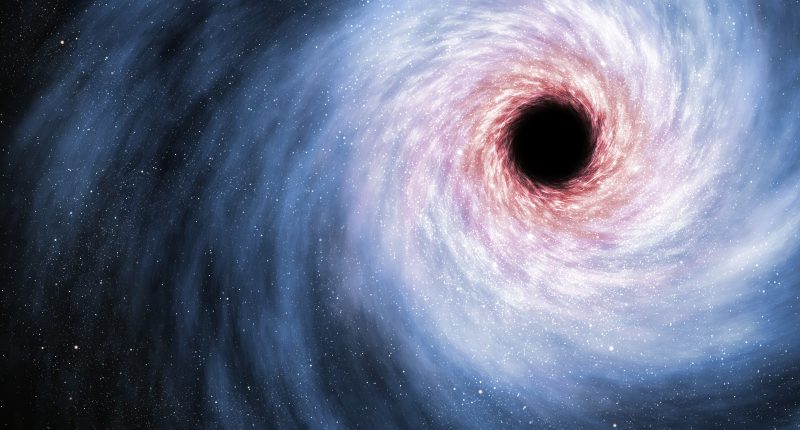A NEWLY discovered supermassive black hole has been dubbed the earliest ever detected that originated from the Big Bang.
The black hole has been spotted in a galaxy known as UHZ1 and is 13.2 billion years old from the dawn of time.
The only way it was able to be spotted was by using a combination of the Chandra X-ray Observatory and the James Webb Space Telescope.
The findings were published in a release by Chandra X-Ray Observatory on November 6.
The JWST telescope is the most advanced telescope available and a ton of recent ground-breaking finds are accredited to it.
It is the only telescope that can see light years away in space.
While Chandra was able to detect the black hole’s supermassive size with X-rays.
“We needed Webb to find this remarkably distant galaxy and Chandra to find its supermassive black hole,” said Akos Bogdan of the Center for Astrophysics | Harvard & Smithsonian (CfA), per the release.
“We also took advantage of a cosmic magnifying glass that boosted the amount of light we detected.”
Astronomers believe the black hole is also massive due to it being large when it first developed along with growing over time.
Most read in News Tech
To get a better idea of the supermassive black hole size, it has been described as weighing about the same as stars in space.
“There are physical limits on how quickly black holes can grow once they’ve formed, but ones that are born more massive have a head start,” said astrophysicist Andy Goulding of Princeton University, per the release.
“It’s like planting a sapling, which takes less time to grow into a full-size tree than if you started with only a seed.”
The black hole and its size could be evidence that there may be a new way of understanding how black holes can develop.
The findings could be evidence that black holes can form from big clouds of gas in space.
“We think that this is the first detection of an ‘Outsize Black Hole’ and the best evidence yet obtained that some black holes form from massive clouds of gas,” said co-author of “Outsize Black Hole” Priyamvada Natarajan of Yale University, per the release.
“For the first time, we are seeing a brief stage where a supermassive black hole weighs about as much as the stars in its galaxy before it falls behind.”











